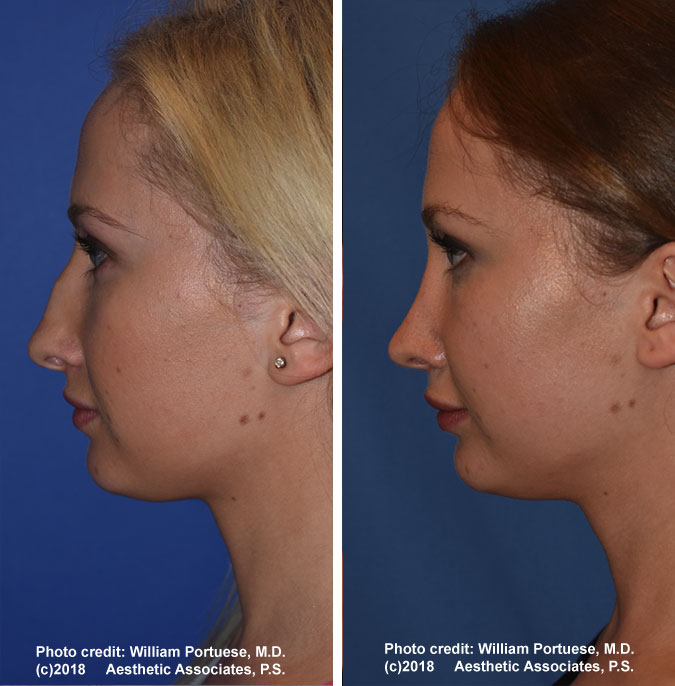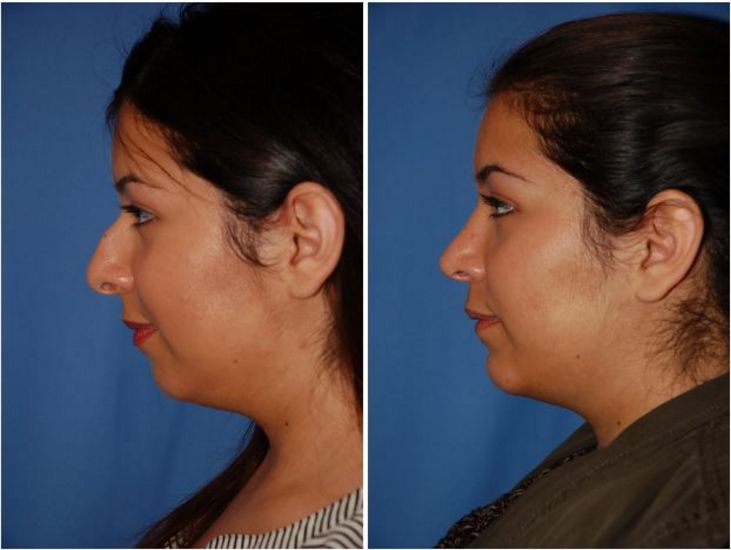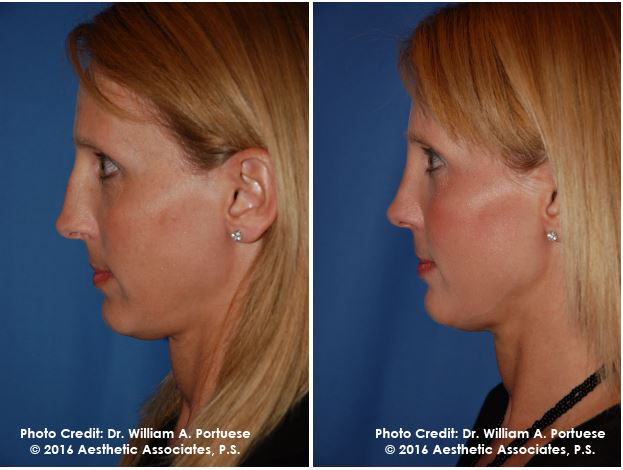Facial Plastic Surgeon Pacific Northwest
upon the morning of the surgery, Dr. William Portuese reviews the surgical scheme and computer imaging in the manner of the patient. Patients as a consequence meet the board qualified physician anesthesiologist and are after that admitted into our Medicare qualified outpatient surgery center. In our surgical center, a rhinoplasty is always performed under general anesthesia for uncomplaining safety and comfort. Nose surgery usually takes amid one to two hours under the attend to processing of the anesthesiologist. Dr. Portuese performs the entire surgery bearing in mind a closed rhinoplasty admission and subsequently applies a cast across the bridge of the nose that will stay in place for 6 days. Patients are taken to the recovery room where they will wake in the works from the anesthesia and after that go home in the same way as their caretaker. Recovery Time: Patients will have visible bruising and carbuncle for nearly 10-14 days after the procedure. The first postoperative visit is at one week bearing in mind the cast is removed and patients can see their initial results. There will as well as be followup appointments at one month, 3 months 6 months and one year.


